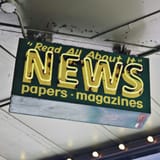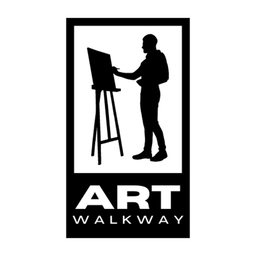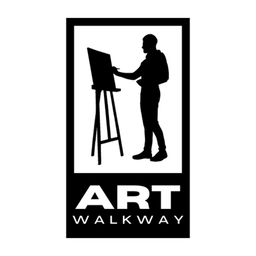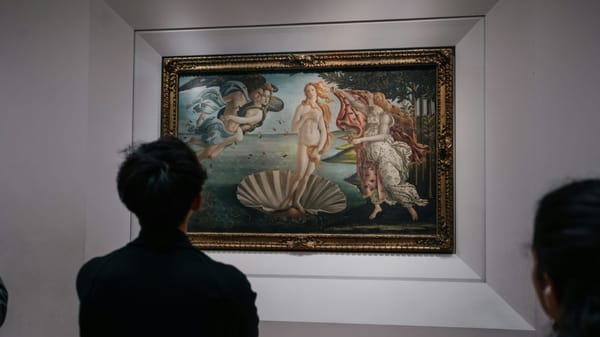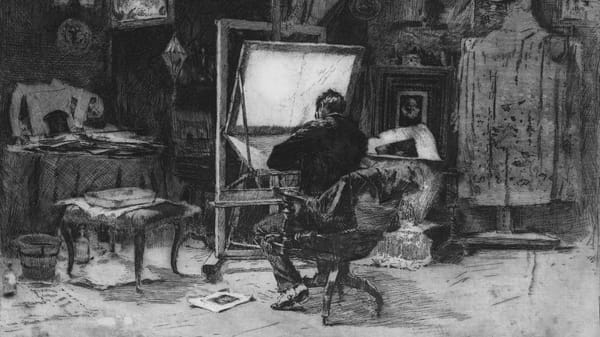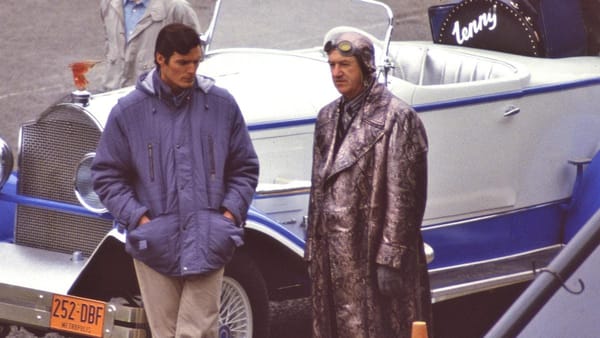Art and Procrastination: The Creative Power of Refusing to Hurry
What if procrastination isn’t laziness but resistance? In art, delay becomes a medium — shaping how meaning unfolds in time.
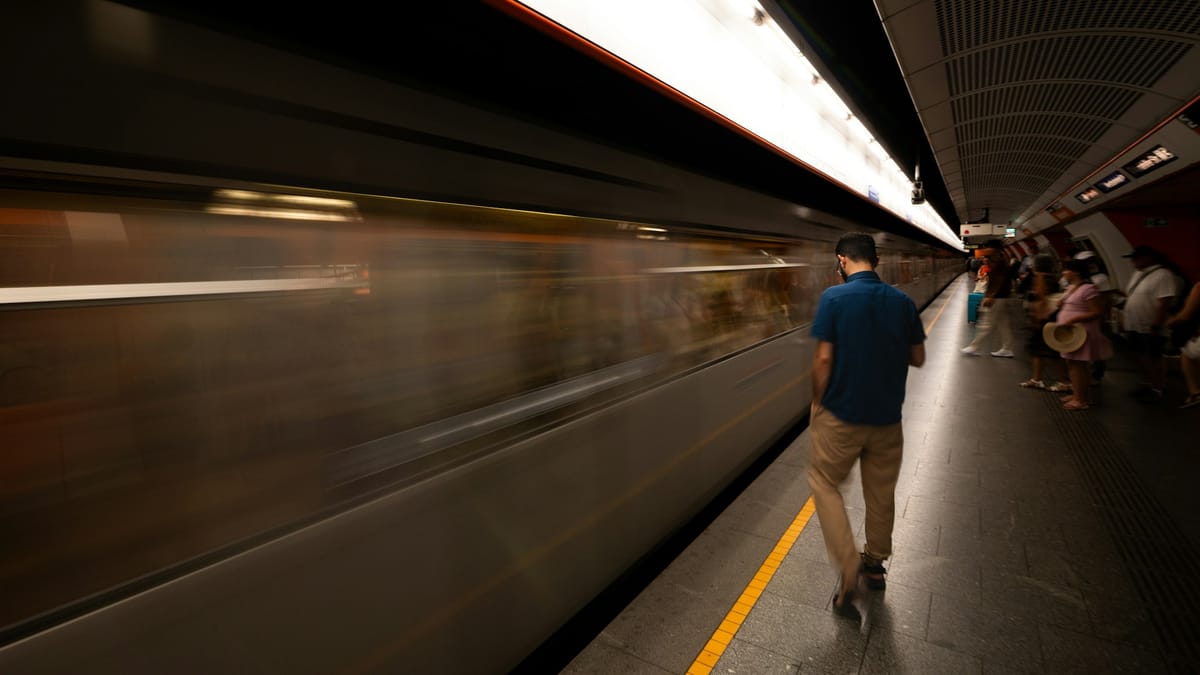
Every artist knows the guilt of the blank day — the studio untouched, the brush still clean, the cursor blinking like a metronome of failure. We call it procrastination. But what if that pause isn’t failure at all? What if it’s part of the work — the hidden scaffolding that holds up everything visible?
In a culture obsessed with “output,” the artist’s slowness feels almost scandalous. Deadlines and deliverables make time a transaction: hours must yield results. But art doesn’t obey that calendar. It moves on intuition, in loops and reversals, sometimes through weeks of nothing. The waiting, the delay, the drift — these are not errors in the process. They are the process.
“Can delay be a kind of discipline?”
The Myth of Creative Time
The idea of procrastination only makes sense in a system that treats time as a currency. Every minute must be productive, measurable, monetizable. That logic has crept so deep into our culture that even artists — supposed stewards of imagination — begin to judge their worth by their efficiency.
But the creative timeline is not linear; it’s tidal. Ideas don’t arrive on schedule. They stalk the artist in unpredictable bursts — at the sink, in the car, mid-scroll. What looks like idleness from the outside is often the mind rearranging itself beneath the surface.
Artists such as Tehching Hsieh and On Kawara transformed the everyday passage of time and inaction into the very substance of their work.
In his renowned “One Year Performance 1980-1981 (Time Clock Piece)”, Hsieh punched a time-clock every hour for a full year, documenting each moment, thereby aligning “life time” and “art time” in a continuous, disciplined process.
On Kawara’s Date Paintings (his “Today” series, begun 4 January 1966) consist simply of the date on which each painting was made — no image, no scene, just the date. Each canvas is completed on that same day, making presence, attention and time itself the medium.
In both cases the artist organised rigorous conditions — rules of time, acts of doing and non-doing — so that attention itself could become the medium. These works remind us that stillness, delay, or minimal action are not necessarily lapses in productivity, but can be forms of devotion: to time, to presence, to the un-measurable.
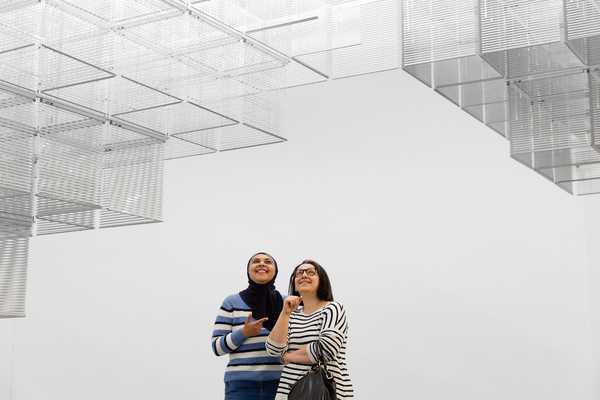
Delay as Medium
Every act of delay contains its own creative tension. To not act immediately is to hold space for possibility — to let the next gesture mature in silence.
The painter who stares at a canvas for weeks before the first mark is not procrastinating; she’s listening. The poet who abandons a half-finished line for months isn’t stuck; he’s waiting for the right weather in the mind.
Modern culture frames this as inefficiency, but in art it’s calibration. The pause lets emotion catch up with technique. It lets intuition test the edges of intention. Without delay, there is only execution — and execution alone never made anything truly alive.
Even the most “spontaneous” creative bursts are preceded by invisible incubation. The brain needs unstructured time — boredom, wandering, hesitation — to connect the fragments that logic cannot. The pause is where coherence is born.
“When the world moves fast, the artist’s delay becomes an act of quiet rebellion.”
The Value That Escapes Value
To reject productivity is not to reject work — it’s to question what “work” really means. Productivity measures quantity; art seeks quality of presence. In the studio, “wasting time” can be a way of protecting attention from the market’s metrics.
This refusal has moral weight. It’s a small rebellion against the economic clock that governs not just how we earn but how we think. When an artist slows down, they’re reclaiming the right to define value in their own terms. The brushstroke that took a month is no less valid than a viral digital image produced in an hour — because meaning isn’t measured in speed.
The refusal to hurry isn’t laziness; it’s resistance.
That stance connects art to broader cultural currents: slow living, mindful attention, the backlash against optimization culture. The same impulse that makes a painter spend days on color mixing mirrors the person who deletes productivity apps and takes a long walk instead. Both are searching for time that feels human again.
Read also:

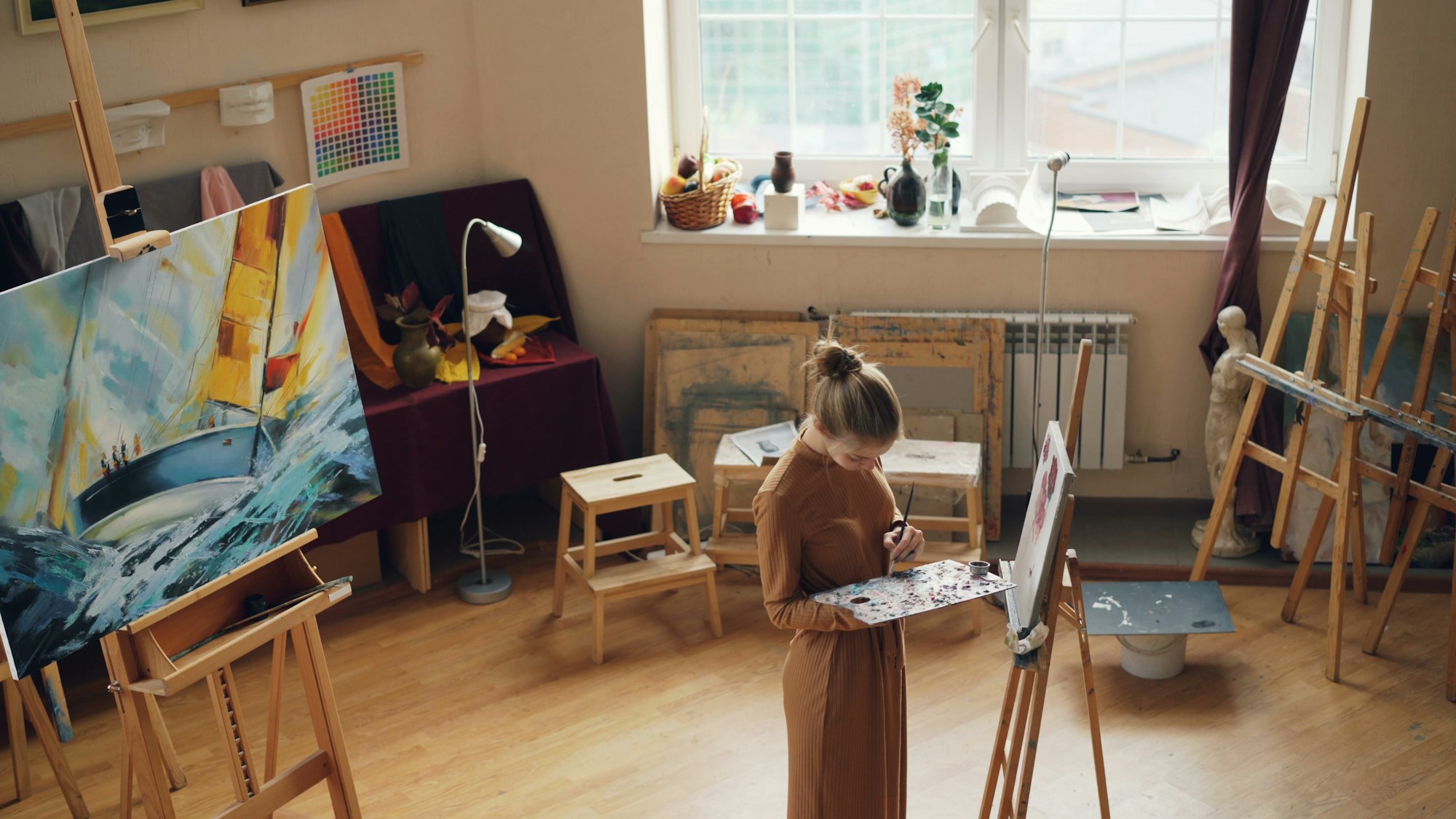
The Artist’s Right to Waste Time
To call something “a waste” is to admit we’ve been taught what counts as useful. But what if the most useful thing is to escape that ledger altogether?
In creative work, delay can be devotion — to process, to depth, to the dignity of not knowing yet. Every artist must sometimes sit inside that uncertainty and trust that stillness will ferment into something inevitable.
The mind that pauses gathers density. The brush that hesitates discovers precision. The life that lingers becomes artful by accident.
Perhaps procrastination, at its purest, is a way of keeping the world from rushing in too soon — of preserving the fragile silence where ideas form.
So the next time you feel guilty for not beginning, consider this: maybe you already have.
© ART Walkway 2025. All Rights Reserved

